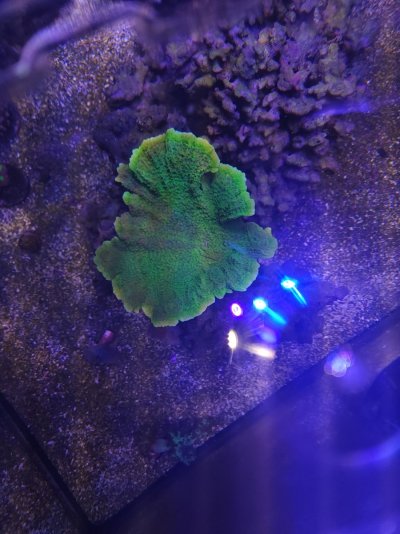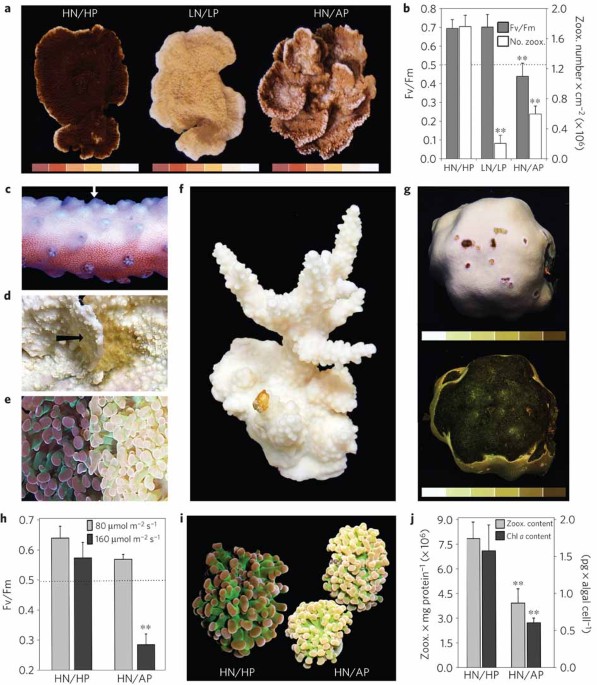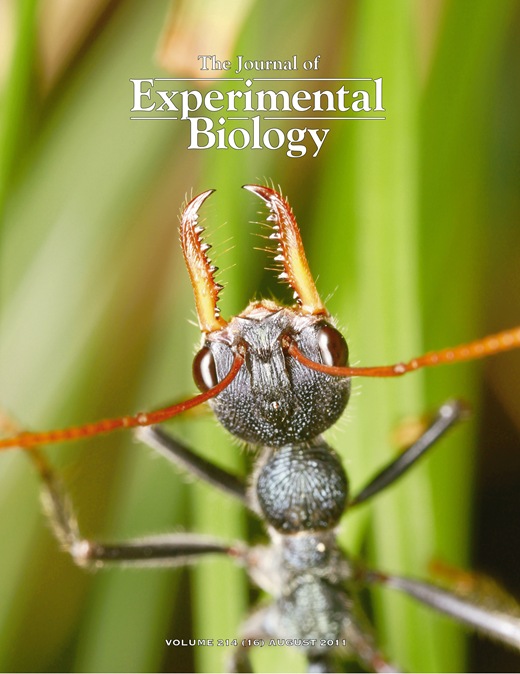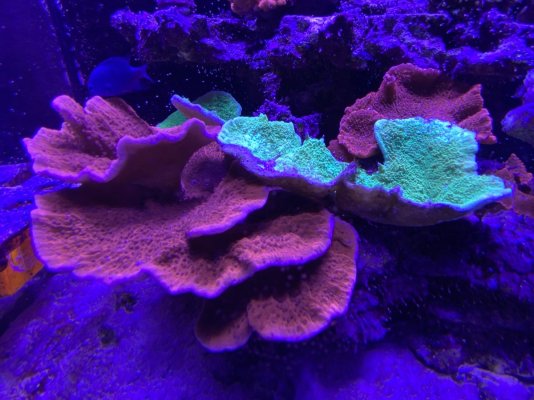Hello fellow reefers.
I am having troubles with my motiporas. They have been in the tank for 3 months now and in the last couple days have started bleaching.
Only that I have changed in the last week was lighting. I am using a reefbreader photon v2. I increase the blues and violet channels from 60% to 75%. I do have a par meter. And measured before and after adjustments.
Par readings before adjusting were 150-170. After was 190-220. I am wondering if that was to much at once or maybe something else is going on.
I also started gfo in a reactor on 4/23. My phosphates at that point were .20.
Current parameters
Salinity 1.026
Alk 8.2 with salifert
Ca 400 with salifert
Mag 1450 with salifert
No3 4.8 with hanna hr
Po4 .03 with hanna ulr
The pictures attached are with white lights and with regular tank lighting.
Any suggestions would be greatly appreciated. Thank you in advance.
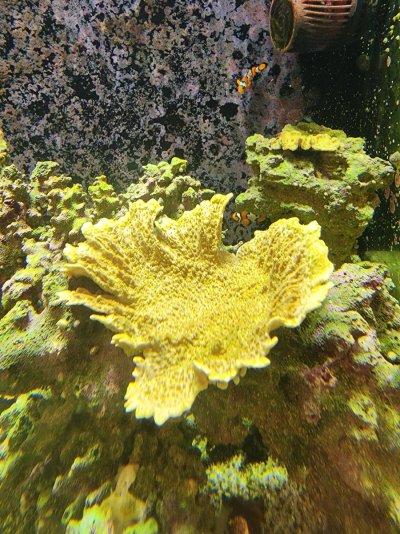
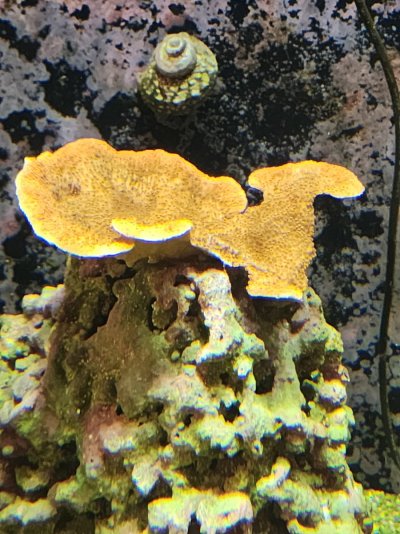
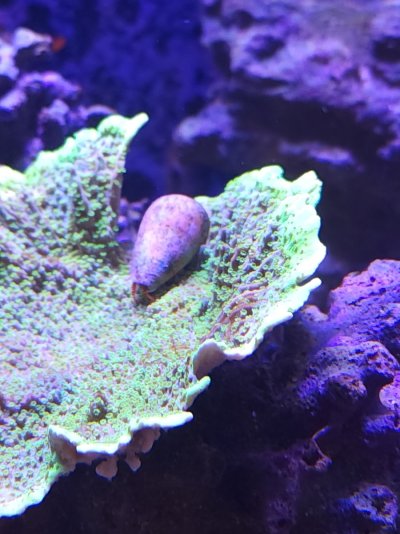
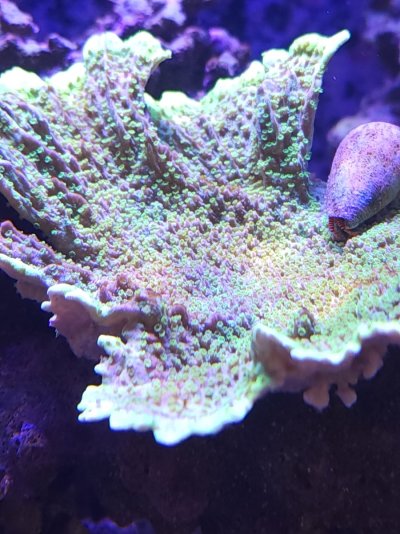
I am having troubles with my motiporas. They have been in the tank for 3 months now and in the last couple days have started bleaching.
Only that I have changed in the last week was lighting. I am using a reefbreader photon v2. I increase the blues and violet channels from 60% to 75%. I do have a par meter. And measured before and after adjustments.
Par readings before adjusting were 150-170. After was 190-220. I am wondering if that was to much at once or maybe something else is going on.
I also started gfo in a reactor on 4/23. My phosphates at that point were .20.
Current parameters
Salinity 1.026
Alk 8.2 with salifert
Ca 400 with salifert
Mag 1450 with salifert
No3 4.8 with hanna hr
Po4 .03 with hanna ulr
The pictures attached are with white lights and with regular tank lighting.
Any suggestions would be greatly appreciated. Thank you in advance.










